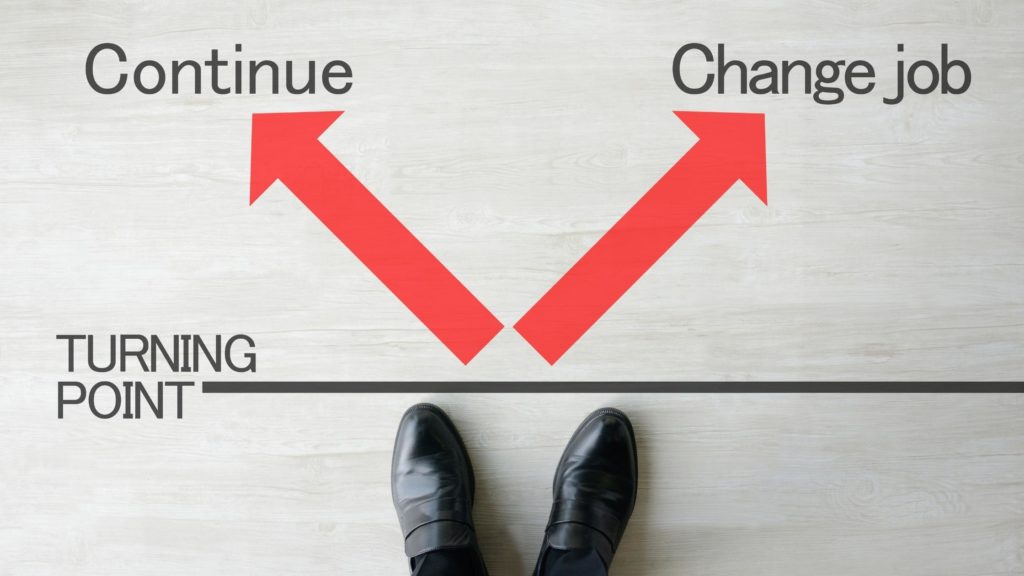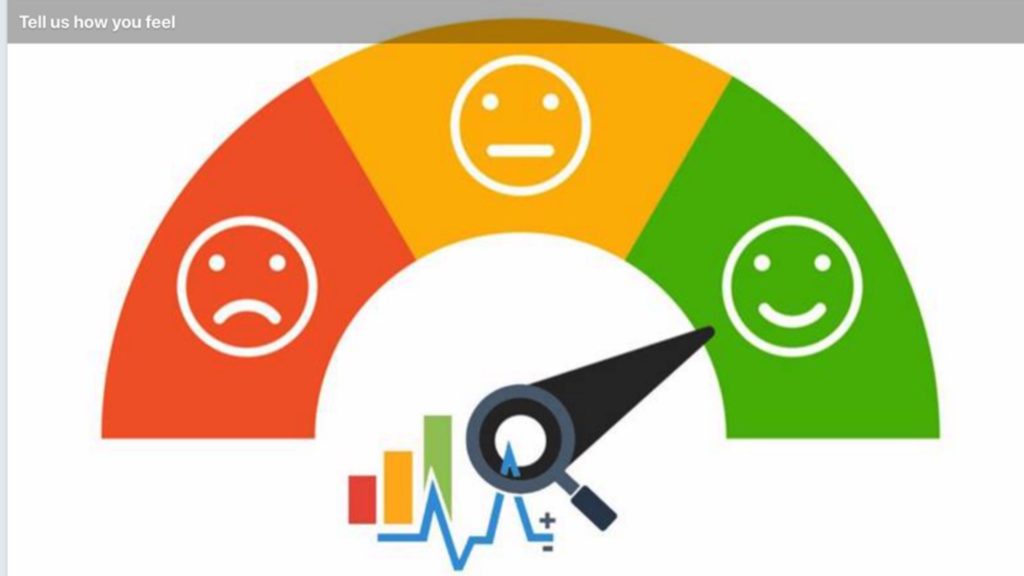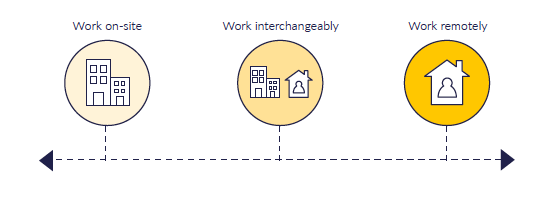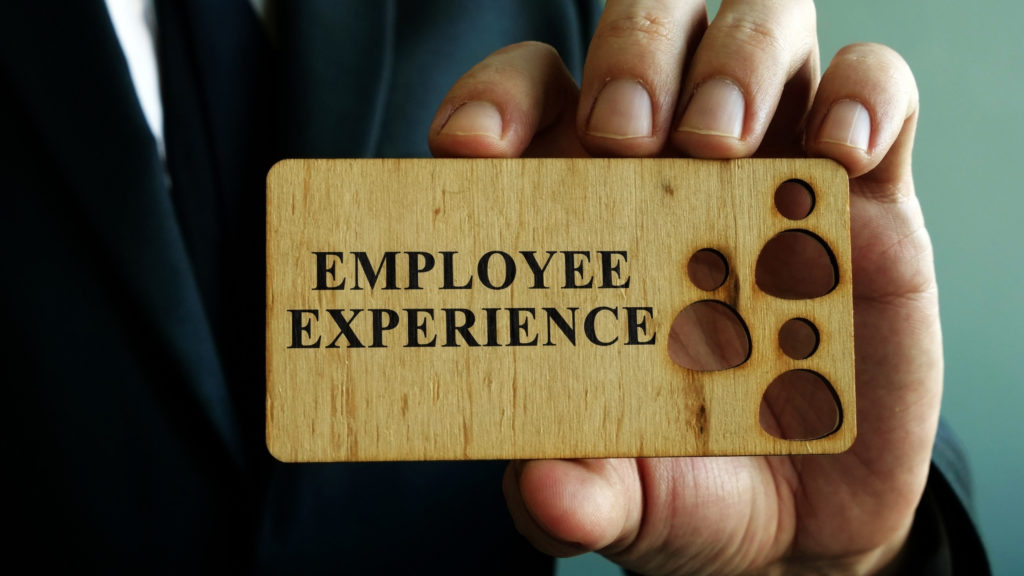I remember a conversation with one of my new starters in early 2020, just before the pandemic took hold. She asked how many times I wanted her to be in the office every week. Being a tech company we were already quite flexible about work location but at the time I said 2 days, the rest was up to her. At the time, this was more than what most companies offered as part of their standard practices.
How times change. Since then I made the decision to recruit people based in Edinburgh, Portsmouth, Wales, and the list goes on. But, let’s face it, requiring them to come into the office 2 times a week would be (to say the least) challenging for even for the most dedicated.
So as a CEO, what made me change my approach? Well, because of the pressures on self-innovation, the tech market is often said to be slightly ahead of the curve when it comes to the way we manage our workforce.
StaffCircle is a performance and culture platform for remote and distributed workforces, so of course we are continuously pushed to do things differently, better and faster. For our customers and ourselves we have to pinpoint ideas, processes or events before they become trends or the norm.
When it came to the location of our team I predicted (see here) the shift to hybrid and remote working and I simply took my own advice (it helps that I was confident about building a remote company culture by using our own software:)
Every year we look at the evidence in the marketplace and forecast events based on our observations and as a bit of a tradition now, I share my thoughts. Here is what I think will happen in 2022:
1. Talent mobility and migration will continue to skyrocket

One of the most significant trends of 2021 is the Great Resignation, with businesses witnessing the biggest churn in their workforce in recent history. According to the U.S. Bureau of Labor Statistics, 4 million Americans quit their jobs in July 2021, and addressing the root cause of this discontentment will continue to challenge business leaders into 2022.
As Ian Cook explains in his article for the Harvard Business Review ‘Who Is Driving the Great Resignation?’ these resignations are highest among employees in the middle of their careers, with the tech and health care industries dominating the statistics.
Cook goes on saying that, “These trends highlight the importance of taking a data-driven approach to determining not just how many people are quitting, but who exactly has the highest turnover risk, why people are leaving, and what can be done to prevent it.”
Business leaders will increasingly rely on accurate data provided by performance management systems to fully understand how these trends are affecting their organization. Employee feedback combined with analysis of workforce trends will help managers to pinpoint employees who are the most dissatisfied so they can act to resolve their issues promptly.
At the same time, the Great Resignation is transforming into the Great Migration, with employees moving away from dissatisfying roles in companies that don’t seem to care about their personal and professional wellbeing, to organizations that offer better prospects for progression.
Consequently, I predict an incredible evolution of tools and processes which allow HR leaders and managers to better assist employees with their career paths, providing them with opportunities for growth, and increased mobility within the company structure.
A recent report from Josh Bersin points to the direction of change we should expect in 2022:
Only 11% of companies offer formal career programs for employees, so in many cases, the only opportunity to grow is by leaving. And wages, benefits, and working conditions are all a “work in process.” Today US companies spend 32% of their entire payroll on benefits and most are totally redesigning them to improve healthcare, flexibility, and education.”
2. Digital is now the norm and it continues to evolve

With most companies well beyond the now out of date paper-based methods for performing HR, the ascent of digital solutions was well and truly solidified by the events of 2020-21. The unpredictable restriction changes witnessed over this period have led businesses to invest in technologies that can safeguard culture while allowing them to thrive.
Yet there is still a long way to go before digital business solutions are fully embraced. Adobe Workfront’s State of Work research revealed that almost half of the UK workforce would go as far as leaving their job due to frustrations with technology, while conversely, those companies which offer employees the latest tech experience a 16% increase in applications from top talent.
Companies that leverage technology in order to deliver a consistent work experience for both remote and on-site employees are best positioned to deliver outstanding levels of engagement and productivity. Those who lack these digital tools are likely to experience an increasing lack of enthusiasm, as the effects of disparate working habits further drive employees into the arms of the Great Migration.
Throughout 2022, managers and HR leaders will increasingly benefit from a range of tools, including:
- People databases and departmental and organisational charts. HR leaders can gain much greater insights into a disparate workforce when they have a central database of employee information. The addition of departmental and organisational charts makes it easier to track individual skills, assisting with succession planning and lateral promotions.
- Employee analytics and reports. Managers and HR professionals can transform data into reports, better understanding employee sentiment as well as absence patterns and levels of engagement.
- Sentiment analysis. The best way to offset potential losses due to the Great Migration is to keep your finger on the pulse of the organisation with sentiment analysis tools. This data can be used to drive your company’s culture in the right direction through a better understanding of the workforce’s emotional wellbeing.

3. Listening and responding to employees will shape our communications strategy

Annual appraisals are rapidly becoming as outdated as paper-based HR practices, with employees favouring continuous feedback loops which keep them in continual conversations with the team leaders and management.
There are a variety of excellent performance management tools which help keep these regular conversations going, which will come into wider use as HR leaders and company owners emphasize the significance of engagement.
Some of the communications processes likely to become increasingly dominant in 2022 include:
Engaging employees with regular One2one check-ins
Employees who feel as if their progress is being neglected by management are more likely to feel restless and seek employment elsewhere. Regular one2one feedback sessions and check-ins allow both managers and employees to keep on top of relevant tasks, identify obstacles to success, and continually evolve their growth within the company.
Conducting regular assessments with monthly and quarterly reviews.
More formal than one2one check-ins, monthly or quarterly reviews supplement the traditional annual appraisals, avoiding many of the biases often associated with once-a-year appraisals. These can be easily scheduled through performance management software, with the ability to set up templates according to roles, responsibilities and other factors saving HR leaders valuable time.
Gaining holistic insights into performance with 360-degree feedback systems
Managers and HR leaders can gain additional insights into performance when soliciting feedback from an employee’s colleagues. By using customisable 360-degree feedback systems, performance-related information can be gathered from direct reports and other peers, as well as other internal and external sources.
Encouraging employees to thrive with awards and recognition programs
Recognising great performance is a surefire way to encourage more of it throughout the wider workforce. Making this recognition visible can be tricky when dealing with remote or hybrid workers, and businesses are likely to continue to implement digital rewards systems as these working models continue into 2022.
4. Hybrid will be king

In 2020, businesses were thrown in at the deep end of remote working, as they drew upon all their resources to adapt to the demands of the pandemic. In 2021, we saw a noted shift towards hybrid working arrangements, with many employees splitting their time between working from home and visiting the office.
This evolution from remote to hybrid working is discussed in more detail in Forbes’ analysis of the data for 2021. Their report begins:
“The data now confirms it: the work-from-anywhere/work-from-home model works, and has passed its most crucial test ever, bringing organizations through the Covid crisis and is now a key productivity strategy for the workplace of the 2020s. In a recent report out of Accenture, 83% of 9,326 workers surveyed say they prefer a hybrid model — in which they can work remotely at least 25% of the time.”
In a world of remote working where changing jobs is as easy as updating your LinkedIn profile, embracing flexibility can make or break how attractive a company is to its workforce. Whilst flexible working isn’t possible for every type of job role (e.g. the food industry or transport industry). When it comes to policies you can work with teams to look at ways they could work more flexibly or how they could get the benefits that everybody working from home have got.
5. The employee experience will need to be a strategic initiative

With so many aspects of business and HR in a constant state of flux, any approach to improving the employee experience in 2022 will require a strategic initiative. Creating an exceptional employee experience that offsets the Great Migration and other factors which may increase churn will require thorough integration throughout a range of processes.

In addition to the feedback processes, organisational databases and tools for hybrid workers I’ve previously discussed are additional tools that are designed to help business leaders achieve maximum engagement.
These include:
- Personal Development Plans (PDPs) which can be introduced during onboarding and will help HR leaders and managers understand what skills a new hire currently has, where they see their career developing, and how the company can bring the relevant training and resources to help them achieve this.
- Coaching and mentoring tools which suit the evolution of a given employee, connecting them with peers with the appropriate skill sets, and providing them with the digital resources needed to gain new qualifications.
- Systems to promote effective workplace design and culture. With a continued increase in virtual offices and workspaces set to dominate 2022, performance management software will be leveraged to help create a unified experience for employees working remotely or as part of the hybrid model.
As we enter into 2022, business leaders who adopt these best practices for management and HR will set themselves ahead of the competition and continue to thrive.





